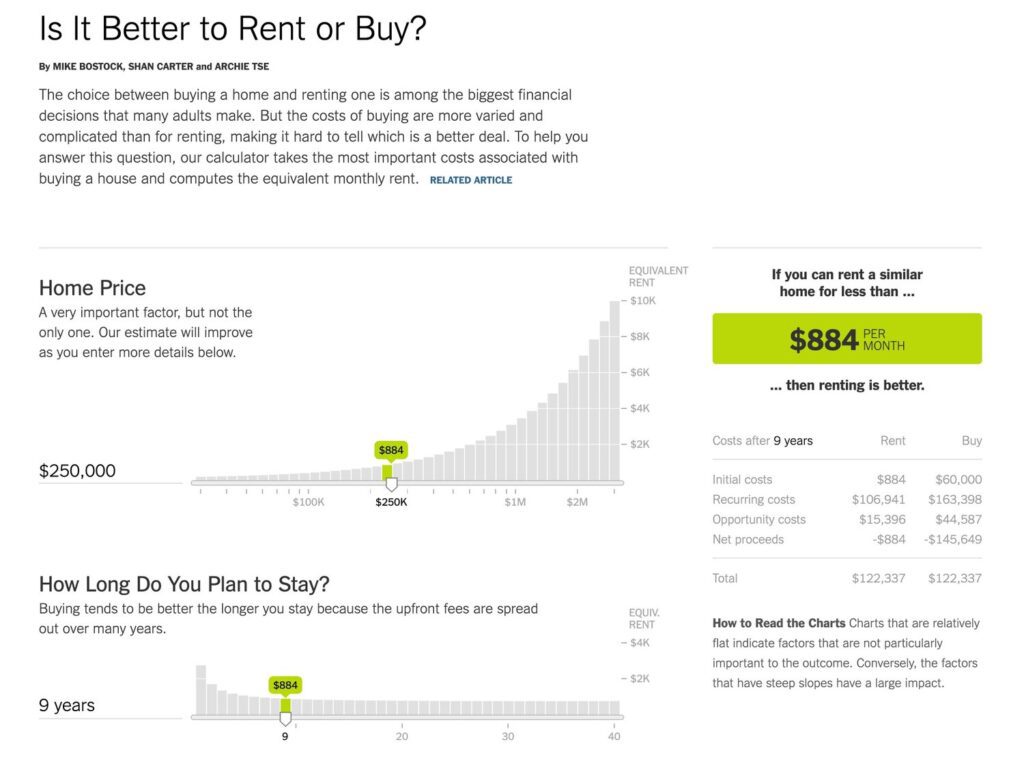How do you use data in your content marketing strategy?
Data is an integral aspect of any piece of content. From internal reports on consumer trends and behaviours to charts and graphs that support a study or article.
While sharing statistics and figures with your audience can help you prove your point, data by itself can be confusing or uninspiring.
The way the data is presented is equally important, which is why data storytelling is an essential skill in marketing.
Data storytelling enables you to share information comprehensively by using data visualisation and compelling narratives. It allows you to convey the story behind the data, and make it memorable and easier to comprehend for your audience.
What is data storytelling?
According to Harvard Business School, data storytelling is the ability to effectively communicate insights from a dataset using narratives and visualisations. It can be used to put data insights into context for your audience and inspire action from them.
There are three components in data storytelling:
- Data – A complete analysis of accurate, relevant data must be the foundation of your data story. Using different types of analyses (e.g. descriptive, diagnostic, predictive, etc.) can give you a full understanding of what the data is trying to tell you.
- Narrative – Your narrative can have different mediums — verbal, written or visual. This storyline is used to communicate the insights you’ve gathered from your data, as well as the actions you recommend your audience to take.
- Visualisations – Visual representations of your narrative and data can be incredibly helpful in presenting your story to your audience to make it more memorable and understandable. These visualisations can include charts, infographics, or even images and videos.
Utilising all of these components in your data narrative, combined with the typical elements found in a good story, can help you create a compelling piece of content. At its core, your data story should have a key message that needs to be conveyed to the audience.
Keep the data story human by incorporating personal, real-life experiences relevant to the narrative. This will serve as an anchor for your audience, ensuring that they can resonate with the data story.
What are examples of data storytelling?
We’re highlighting three exemplary studies of data storytelling to give you an idea of what you can do in your own content marketing strategy.
Happy Data
Happy Data’s branding is uplifting and inspiring, which is evident in the data it presents and shares.
Happy Data was conceived during the height of the pandemic when people worldwide were self-isolating in global lockdowns. Interestingly enough, not all of its data stories are about the pandemic. The narratives range from political, environmental and even social issues, but the common theme is providing a hopeful view of the world through data and illustrations.
Happy Data combines images and illustrations, data and narratives to deliver people-first messages. It has expertly leveraged all three components of data storytelling to its advantage.

Source: Happy Data
“Is it better to rent or buy” By The Upshot
The Upshot developed an interactive calculator that lets the user answer a basic and important financial question: Is it better to buy or rent?
This calculator considers important costs associated with buying a house and computes the equivalent monthly rent, which helps the user identify if they should buy or rent a property (as the calculator’s name suggests).
This tool is a classic demonstration of The New York Times’ design aesthetic, simple and direct user experience, and editorial clarity.
It also shows how data storytelling can be interactive while still offering valuable information to the target audience.

Source: New York Times
The history of gold by Nordgold
Nordgold is an internationally diversified one million-ounce gold producer and for its tenth anniversary, it created a wonderful data story featuring the history of gold.
The data story consisted of three-dimensional graphics, scroll-triggered animations and impactful visuals communicating details about gold. As the audience moves through the story, more information is revealed about this precious metal.
Nordgold’s data story shows that data can be interactive and engaging, allowing audiences to journey alongside the narrative as it progresses.

Source: Nordgold
Why is data storytelling important for businesses?
Data is a powerful way to back up your stories, and it’s crucial to incorporate your numbers into your narratives to make them impactful.
Utilising data storytelling in your content marketing can help you in key areas:
- Memorability – Your audience is more likely to remember the data you present if it’s presented with an impactful story. Even if your audience doesn’t remember the exact figures, they will be able to retell the story over and over again.
- Engagement – When your data story is interactive and immersive, your audience will become more receptive to the message you want to share and will be eager to follow where your story leads them.
- Persuasiveness – A data story is more persuasive than data presented by itself. For example, statistics about property investment can be more powerful if you introduce a human element, featuring stories of property investors in the area.
Data storytelling is an important approach to include in your content marketing strategy. It allows you to present content that is backed by facts and evidence. Understanding how to create an effective data story can enable you to engage your audience on a personal level.
If you’re ready to harness the power of data storytelling, contact us and we’ll help you create powerful narratives.

